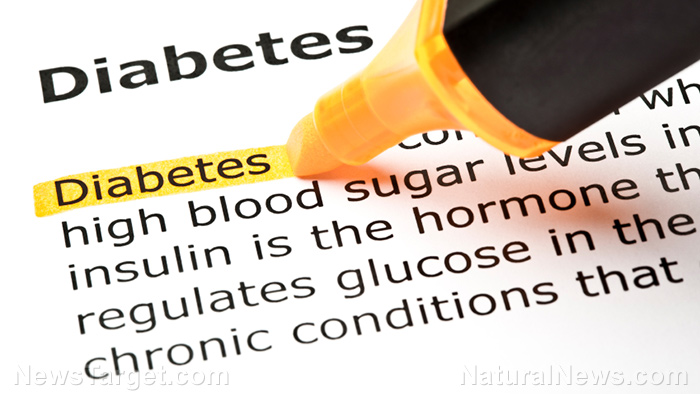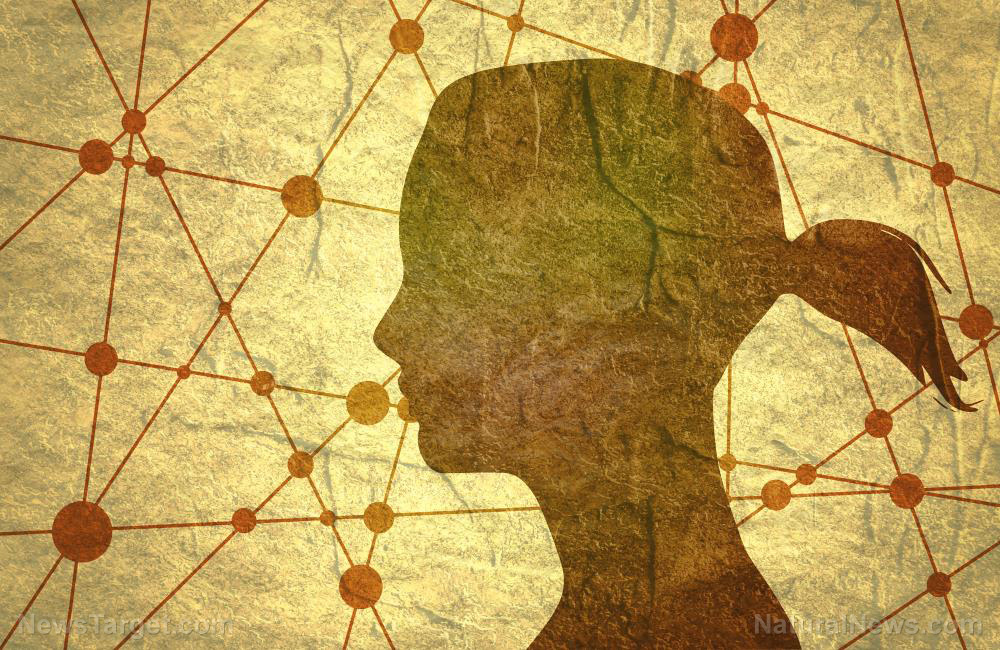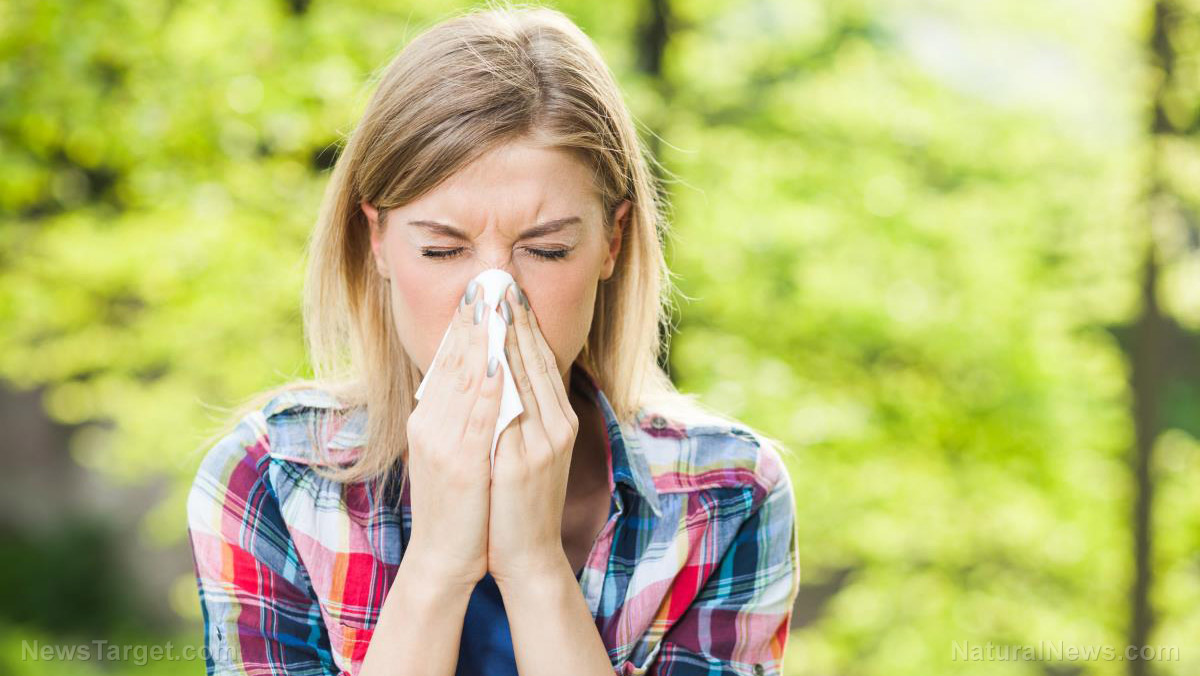Studies determine link between air pollution and increased autism risk
05/06/2019 / By Michelle Simmons

Today’s air isn’t as clean as it used to be thousands of years ago. It is now filled with pollutants from various sources like power plants, factories, and vehicles. Exposure to these air pollutants harms the health, both physical and mental, and studies have found a link between air pollution and children’s risk of autism spectrum disorder (ASD).
ASD is a neurological and developmental problem that develops early in childhood and persists throughout a person’s lifetime. People who suffer from this condition have problems related to speech, non-verbal communication, social interactions, and activities that require spontaneity, such as play and banter.
A study published in JAMA Pediatrics looked at more than 132,000 births in Vancouver, Canada from 2004 to 2009 to determine if prenatal exposure to air pollutants increases a child’s risk of ASD. The researchers calculated the mothers’ monthly mean exposure to particulate matter (PM), nitric oxide (NO), and nitrogen dioxide (NO2) during their pregnancy. They found that a pregnant mother’s exposure to NO from car exhaust determines her child’s chances of developing childhood ASD.
In another study published in the journal Environmental Epidemiology, researchers observed over 15,000 infants born in Denmark between 1989 and 2013. They reported that exposure to air pollution during the first months of life and later was also linked to ASD.
A team of researchers from Australia, China, Canada, and the U.K. also found a link between air pollution and autism. In their study, which appeared in the journal Environment International, they examined the effects of long-term exposure to air pollution on ASD during the early life of children in a developing country. The research team observed 124 children with ASD and 1,240 healthy children in Shanghai over a nine-year period. They examined the impact of three types of PM on their health. PM refers to fine, airborne particles which are the byproducts of emissions from factories, vehicular pollution, construction activities, and road dust. They found that exposure to them led to a 78 percent increase in the children’s risk of developing ASD. They also noted that smaller airborne particles are more likely to penetrate the lungs and enter the bloodstream, increasing the risk of serious health problems. (Related: Air pollution boosts autism risk by 50 percent in newborns)
Over 90 percent of children around the world breathe toxic air every day
The World Health Organization (WHO) estimates that almost 2 billion – about 93 percent of the world’s children below 15 years old – are exposed to PM2.5 (ambient fine particles) levels above WHO air quality guidelines every day. This puts their health and development at serious risk and often leads to death. The WHO revealed that in 2016, 600,000 children died because of acute lower respiratory infections brought about by air pollution exposure.
WHO also reported that when women are exposed to polluted air during pregnancy, they tend to give birth prematurely and have small, low birth-weight children. In addition, air pollution harms the brain development and cognitive ability of children. It also triggers asthma and increases the risk of cardiovascular disease and childhood cancer. Children are particularly susceptible to the hazards of air pollution because they breathe faster than adults, so they absorb more pollutants. In addition, their brains and bodies are still developing.
“Polluted air is poisoning millions of children and ruining their lives,” said WHO Director-General Dr. Tedros Adhanom Ghebreyesus. “This is inexcusable. Every child should be able to breathe clean air so they can grow and fulfill their full potential.”
Sources include:
Tagged Under: air pollutants, ASD, autism, Autism spectrum disorder, brain function, car exhaust, children's health, cognitive health, environment, infant's health, mental health, neurology, nitric oxide, nitric oxide exposure, particulate matter, pregnancy, research



















